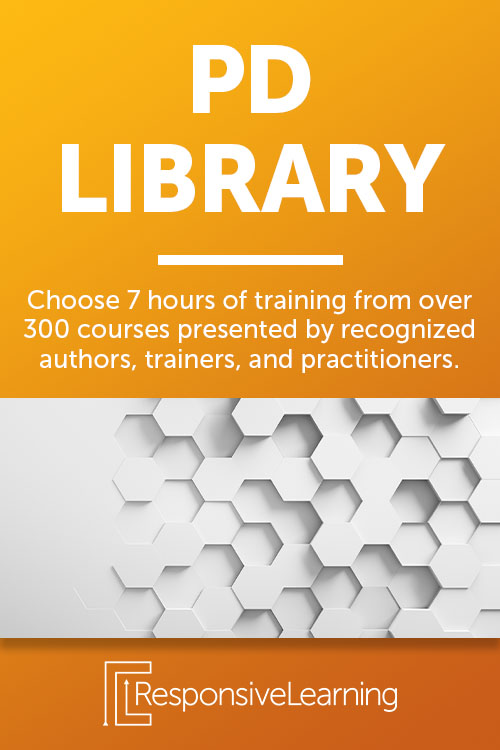What if there was a magical way to improve students’ behavior? As it turns out, with some planning and patience, you can actually help facilitate behavioral changes with a consistent Behavior Intervention Plan. Keys to Special Education – Behavior Intervention Plans Implementation takes an in-depth look at how to optimize behaviors within your classroom.
The BIP Recipe
A Behavior Intervention Plan (BIP) has six core components. Identifying the behavior that must be changed is followed by replacing it with the appropriate behavior. Antecedent strategies, such as positive interventions, are used by teachers and staff to prevent unwanted behaviors before they arise.
Skill acquisition ensures that students are taught the proper skills to increase the desired behavior. Reinforcement strategies are put in place to help students learn techniques that achieve targeted behavior over time. Consequences provide a clear example of what happens when inappropriate behavior hasn’t improved.
Special education teacher Ayo Jones explains that consequences should not be the focus of a behavior plan. She is a veteran educator, author, and founder of Noodle Nook – an online resource for teachers in special education. Jones clarifies that BIPs aren’t automatically successful solely from writing one; “They have to be purposeful, practical, and consistently implemented.”
FBA Foundation
Behavior Intervention Plans are based on data collected from a Functional Behavior Assessment (FBA). This information is crucial to help determine and guide the BIP. It also pinpoints exactly when and why the unwanted behavior was initially triggered.
A records review includes discipline referrals, incident reports, and medical records. Direct observation forms a data collection process involving antecedent, behavior, and consequence (ABC). Structured interviews obtain information from parents, teachers, and service providers.
Once you have gathered the information from an FBA, you’ll be able to adjust the setting along with likely triggers that typically produce disruptive behavior. Remember to consider the outcomes and consequences of the behavior. These may impact students’ learning, so it’s important to develop a plan based on the specific data.

BIPs in Action
Is your BIP working so well that you believe it may no longer be needed? Keep in mind that you should consistently implement the behavior plan, even when it seems like the student’s behavior has improved. Always use positive interventions and continue doing what produces the best outcome. The BIP can be adjusted over time as necessary.
Motivation plays a key role in student behavior. An effective BIP will provide the blueprint needed to target specific undesired behaviors. If you know how to properly motivate a student, you can successfully improve their behavioral outcomes.
Interested in learning more about how you can implement behavior intervention plans? Explore the course demo on Keys to Special Education – Behavior Intervention Plans Implementation today!

